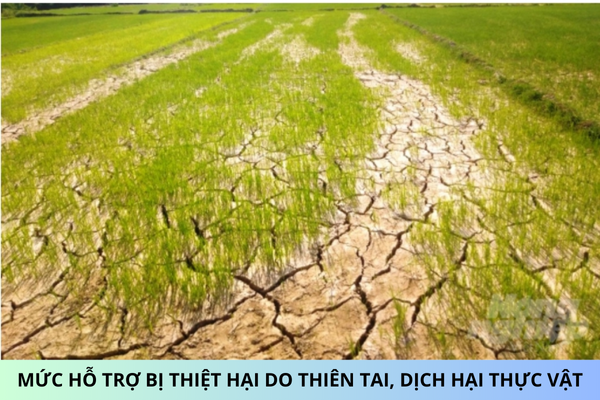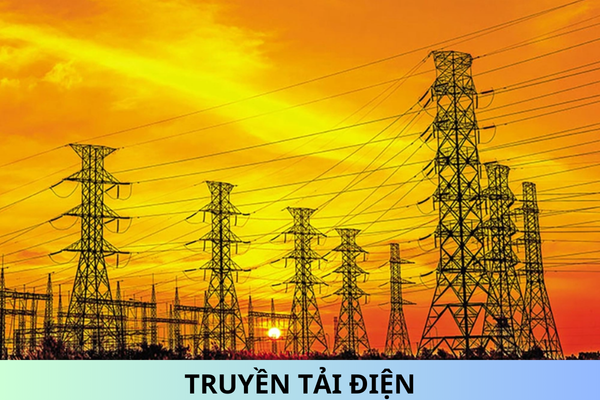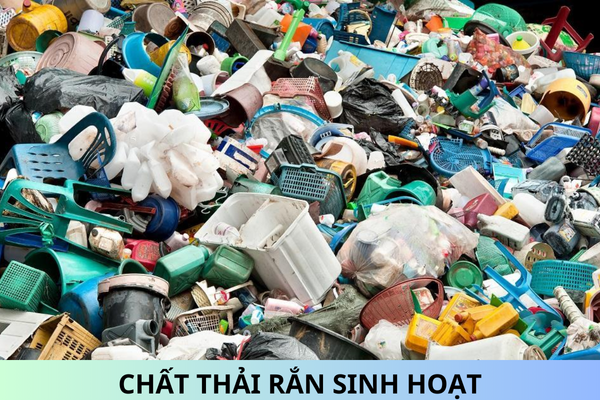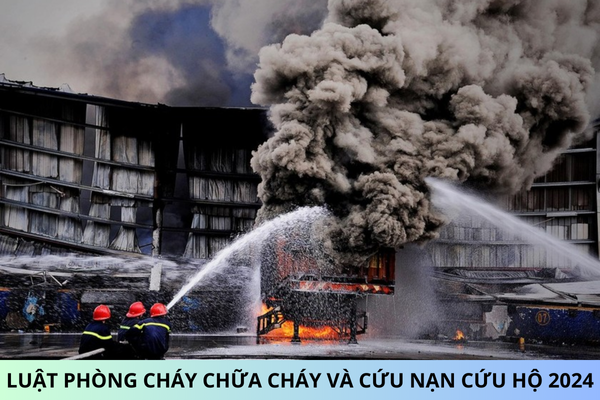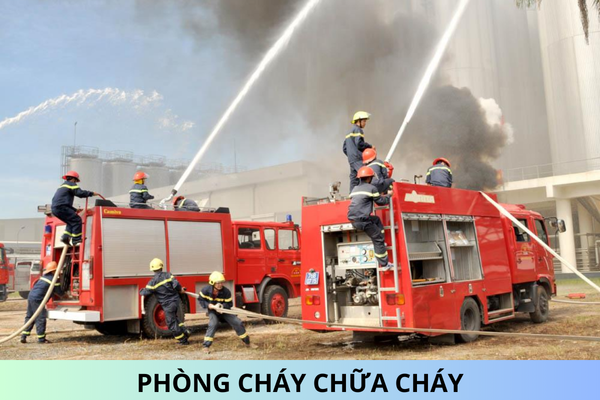What is the significance of January 8? Which areas are prohibited from mineral activities in Vietnam?
What is the significance of January 8?
On May 31, 2024, the Government of Vietnam issued Decision 557/2004/QD-TTg designating January 8 as "Traditional Day of the Vietnam Cement Industry."
The annual organization of the Traditional Day of the Vietnam Cement Industry must ensure practicality, effectiveness, and thrift while avoiding formality to achieve the following goals:
- Educate about the traditions of the Vietnam Cement Industry, encourage labor emulation movements, and enhance the discipline and revolutionary ethics of officials in the sector.
- Appropriately reward and commend collectives and individuals with achievements in building the industry and exemplary implementation of Communist Party directives and State laws.
Thus, January 8 is the Traditional Day of the Vietnam Cement Industry every year.

What is the significance of January 8? Which areas are prohibited from mineral activities in Vietnam? (Image from the Internet)
What are rights and responsibilities of local authorities, communities, households, and individuals in areas where geological resources and minerals are being exploited in Vietnam?
Based on Article 8 of the Geology and Minerals Law 2024, the rights and responsibilities of localities, communities, households, and individuals where geological resources and minerals are exploited are as follows:
[1] The rights of localities, communities, households, individuals include:
- Localities where minerals are exploited can receive State revenue adjustments from mineral exploitation to support socio-economic development as stipulated in the law on state budgets
- Participate in giving opinions on measures to ensure labor safety, public order, environmental, and natural landscape protection
- Be prioritized to use local labor in mineral exploitation and related services
- Request the competent state management agency on geology and minerals to provide email addresses, phone numbers, or contact addresses to receive and respond to feedback and proposals in protecting geological and mineral resources and to contribute to improving legal regulations on geology and minerals
- Based on the situation of mineral activities in the area, the Provincial People's Council decides on the regulation of financial contribution responsibilities of organizations and individuals exploiting minerals for investing in upgrading, maintaining, and constructing technical infrastructure and environmental protection works in the area
[2] The responsibilities of localities, communities, households, individuals include:
- Facilitate basic geological investigation, geological investigation on minerals, and mineral activities according to legal regulations
- Participate in protecting unexplored geological and mineral resources; supervise mineral activities
- Promptly report to the competent state authorities on legal violations by organizations and individuals granted mineral exploration and mining licenses when legal violations are detected
Which areas are prohibited from mineral activities in Vietnam?
Based on Article 26 of the Geology and Minerals Law 2024, the areas where mineral activities are prohibited or temporarily prohibited are specified as:
Article 26. Areas prohibiting mineral activities, areas temporarily prohibiting mineral activities
- Areas prohibiting mineral activities are delineated based on one of the following factors:
a) Results of geological investigation on minerals;
b) Historical-cultural relics, scenic spots ranked or zoned for protection according to the law on cultural heritage; natural heritage according to the law on environmental protection;
c) Areas of special-use forest land, protective forest land; geological conservation areas, marine conservation areas according to the law;
d) Area of national defense and security land;
dd) Religious land, belief land;
[...]
Areas prohibiting mineral activities are delineated based on one of the following factors:
- Results of geological investigation on minerals
- Historical-cultural relics, scenic spots ranked or zoned for protection according to the law on cultural heritage; natural heritage according to the law on environmental protection
- Areas of special-use forest land, protective forest land; geological conservation areas, marine conservation areas according to the law
- Area of national defense and security land
- Religious land, belief land
- The safety protection zone for national defense, military areas; safety protection corridor for transport, irrigation, hydropower works; water supply, drainage, waste treatment systems; energy, oil and gas works; postal, telecommunication, and information technology infrastructure works
Geology and Minerals Law 2024 takes effect from July 1, 2025
